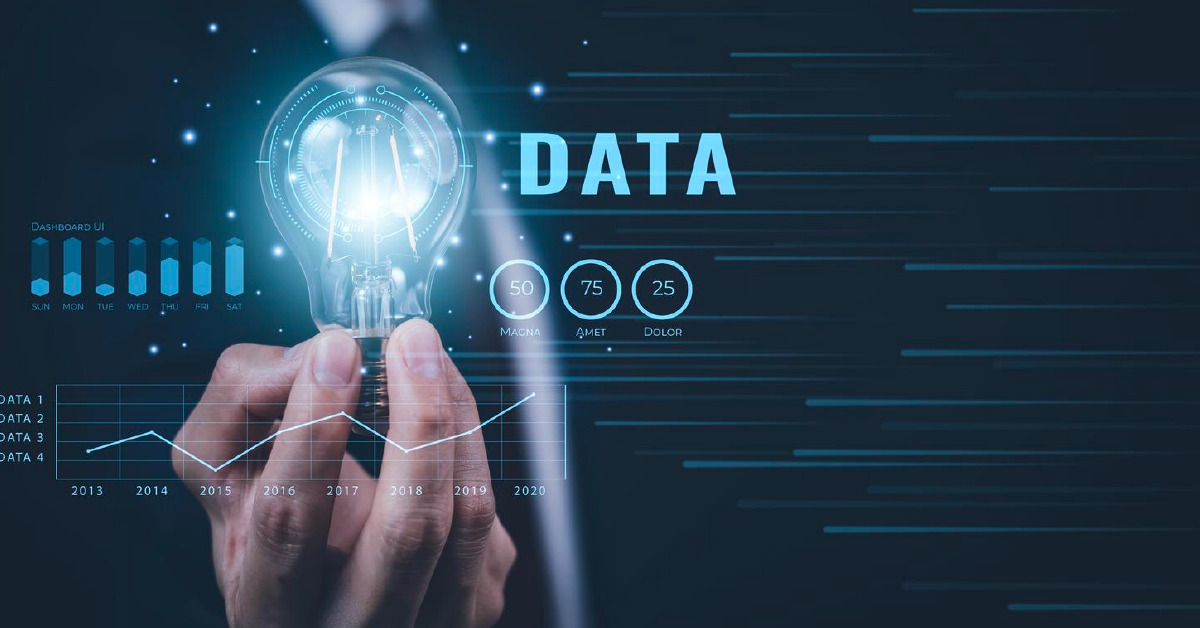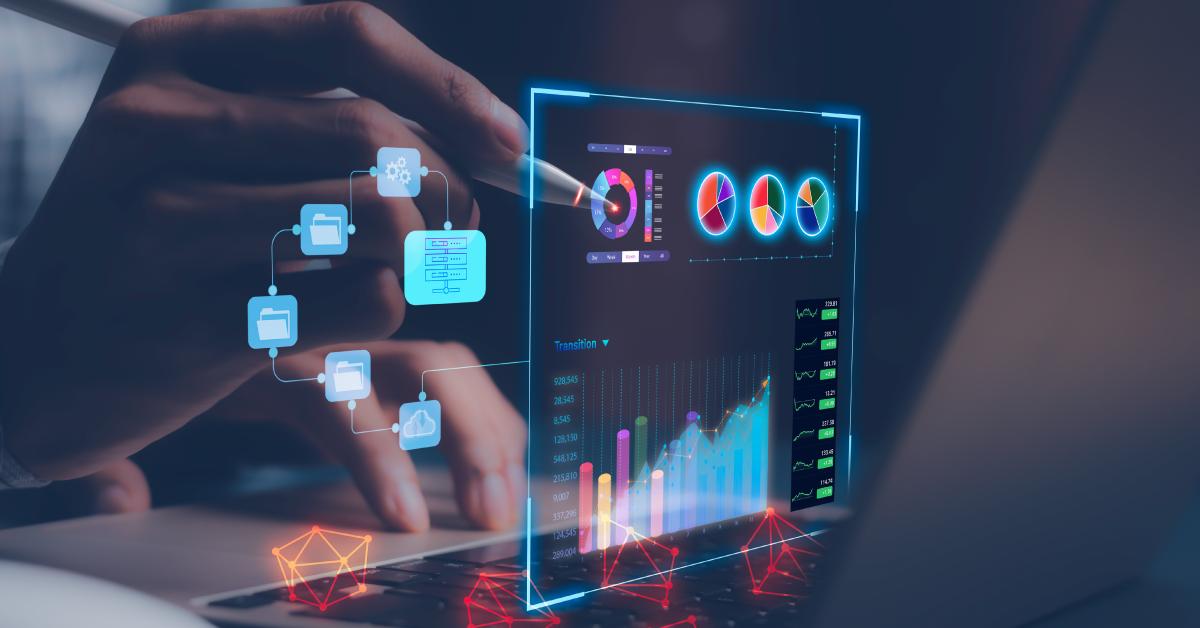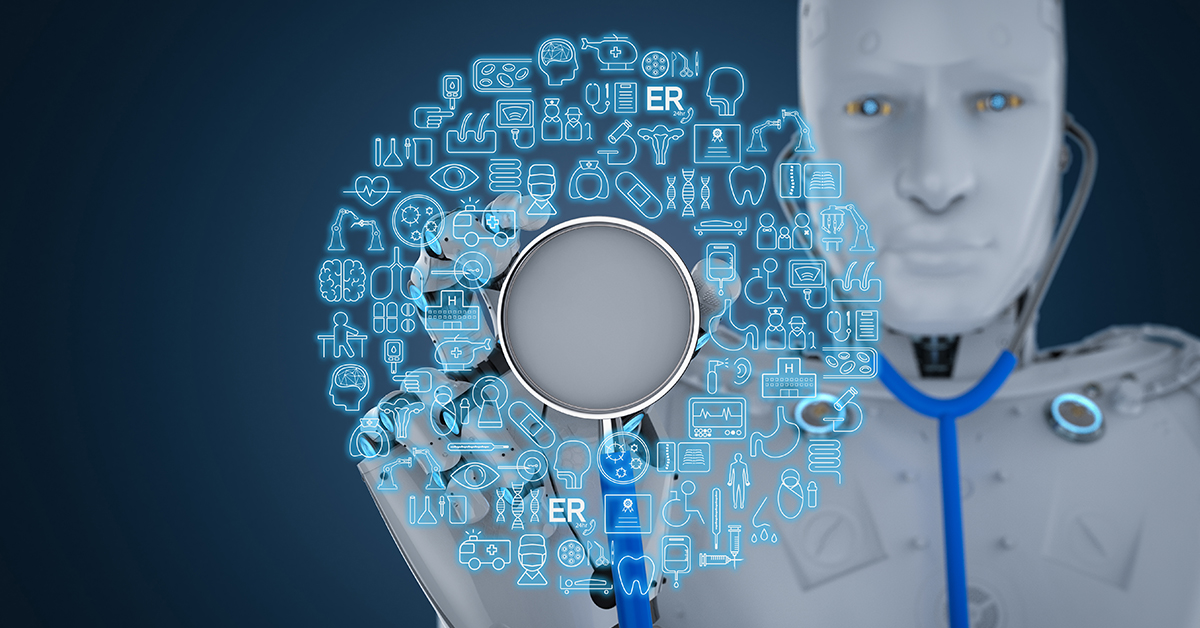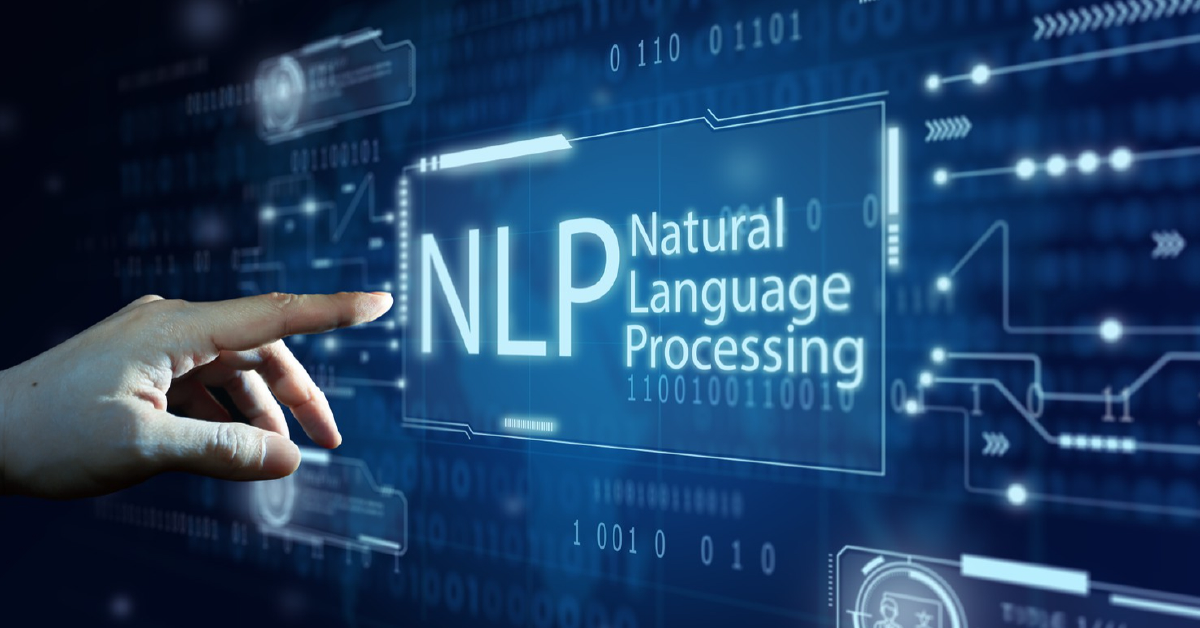Development of AI-powered Cybersecurity Capabilities

4 min read
AI in cybersecurity is undergoing a significant transition as a result of technological breakthroughs. As organizations around the world deal with increasingly complex cyber threats, AI-powered cybersecurity capabilities are emerging as a crucial line of defense. In this blog post, we will explore the development of AI in cyber security, its current state, and the future potential it holds in safeguarding digital landscapes.
Capabilities of AI in Cyber Security
The digital age has brought unusual connectivity and convenience but has also opened the door to an ever-expanding array of cyber threats. From ransomware attacks to data breaches, organizations are facing relentless and evolving threats that traditional security measures alone struggle to counter.
AI comes into play as a game-changer in this scenario. Its ability to process vast amounts of data, recognize patterns, and make real-time decisions makes it an ideal candidate to fortify cybersecurity efforts. Here’s how AI is transforming cybersecurity.
Threat Detection and Analysis
Traditional signature-based detection systems can only identify known threats, leaving organizations vulnerable to novel attacks. AI, on the other hand, uses machine learning algorithms to analyze data and identify anomalies. It can detect both known and unknown threats by recognizing patterns that may elude human analysts.
- Real-time Monitoring
AI-based solutions can monitor network traffic and system behavior 24/7, identifying suspicious activities in real-time. This proactive approach enables rapid threat mitigation, minimizing potential damage.
- Automated Response
AI not only identifies threats but can also respond automatically. It can quarantine compromised systems, block malicious IP addresses, or even patch vulnerabilities, reducing the response time and potential human error.
- Phishing Detection
AI algorithms excel in identifying phishing attempts by analyzing email content, sender behavior, and context. They can distinguish proper emails from malicious ones, reducing the risk of falling victim to phishing attacks.
- Behavioral Patterns
AI can also enhance authentication by analyzing user behavior patterns, such as typing speed and mouse movements. This technology can flag suspicious login attempts and provide an extra layer of security.
- Predictive Analysis
Based on past data and new trends, AI can predict possible dangers. This predictive analysis allows organizations to take proactive measures to thwart potential attacks.
How AI Can Enhance Cyber Security?
The development of AI-powered cybersecurity capabilities has seen remarkable progress over the years. Let’s delve into the key milestones that have shaped its evolution.
Machine Learning and Anomaly Detection: The early stages of AI in cybersecurity focused on machine learning algorithms for anomaly detection. These algorithms established baselines of normal behavior and flagged any deviations as potential threats. While effective, they had limitations in handling complex threats.
Deep Learning and Neural Networks: The advent of deep learning and neural networks marked a significant leap in AI-powered cybersecurity. These technologies enabled more sophisticated pattern recognition, allowing AI systems to detect subtle anomalies and adapt to evolving threats.
Natural Language Processing (NLP): NLP is crucial for parsing and understanding textual data. AI-powered NLP models can analyze vast amounts of text data, such as logs and reports, to identify signs of cyber threats hidden within unstructured data.
Endpoint Security: AI has been integrated into endpoint security solutions, providing protection for individual devices within a network. AI-powered endpoint security can detect and mitigate threats at the device level, even if they originate from within the organization.
Cloud Security: As organizations migrate to the cloud, AI is playing a pivotal role in securing cloud environments. AI-driven cloud security solutions can monitor cloud workloads, detect vulnerabilities, and protect against cloud-specific threats.
User and Entity Behavior Analytics (UEBA): UEBA leverages AI to analyze user and entity behavior to identify insider threats. By monitoring user actions and interactions with systems and data, AI can detect unauthorized access or suspicious activities.
Security Orchestration, Automation, and Response (SOAR): SOAR platforms leverage AI to automate incident response workflows. They can gather threat intelligence, analyze incidents, and execute predefined responses, enabling faster and more efficient incident handling.
Challenges of AI in Cyber Security
AI has many advantages for computer security, including better threat recognition, automated incident handling, and improved user interface. However, there are difficulties, like as prejudice, security flaws, regulatory issues, and the requirement for human monitoring. While AI has brought significant advancements to cybersecurity, it also raises challenges and concerns.
Adversarial Attacks: Cybercriminals are developing AI techniques to evade detection. Adversarial attacks involve manipulating AI algorithms to misclassify data, making it imperative to develop robust AI models resistant to such attacks.
Data Privacy: AI-powered cybersecurity relies on vast amounts of data, including sensitive information. Protecting this data from unauthorized access and ensuring compliance with data privacy regulations are critical concerns.
Bias and Fairness: AI algorithms can inherit biases present in training data, leading to biased decision-making. Ensuring fairness and transparency in AI models is essential, especially in security applications.
Complexity: The complexity of AI systems can make them challenging to implement and manage. Organizations must invest in skilled personnel and resources to effectively harness AI for cybersecurity.
The Future of AI-Powered Cybersecurity
The adoption of AI technologies will increase in the future as people learn to recognize patterns and abnormalities that could be signs of a cyber-threat. In comparison to people, this could assist organizations in detecting risks and taking the appropriate action. As AI continues to evolve, the future of AI-powered cybersecurity holds immense promise.
- AI for Predictive Threat Intelligence
AI will play a central role in predictive threat intelligence, allowing organizations to anticipate and prepare for emerging threats rather than reacting to them.
- Enhanced User Authentication
AI-driven biometrics will provide advanced user authentication, making it more difficult for unauthorized users to access systems and data.
- AI-Driven Security Ecosystems
AI will create interconnected security ecosystems where different security tools and devices communicate and respond to threats collectively, creating a more robust defense.
- AI-Powered Security Awareness Training
AI can personalize security awareness training for employees, making it more effective in reducing the human factor in cybersecurity breaches.
- Quantum Computing Threat Mitigation
As quantum computing poses new threats, AI will be crucial in developing countermeasures and encryption methods that can withstand quantum attacks.
Conclusion
AI-powered cybersecurity capabilities have come a long way and are now an indispensable part of safeguarding digital assets. With their ability to detect, respond to, and even predict cyber threats, AI systems are at the forefront of the battle against an ever-evolving cyber threat landscape. While challenges remain, the future of AI in cybersecurity holds great promise, and organizations that embrace these technologies will be better equipped to protect their digital infrastructure in the years to come.
Published: September 14th, 2023





